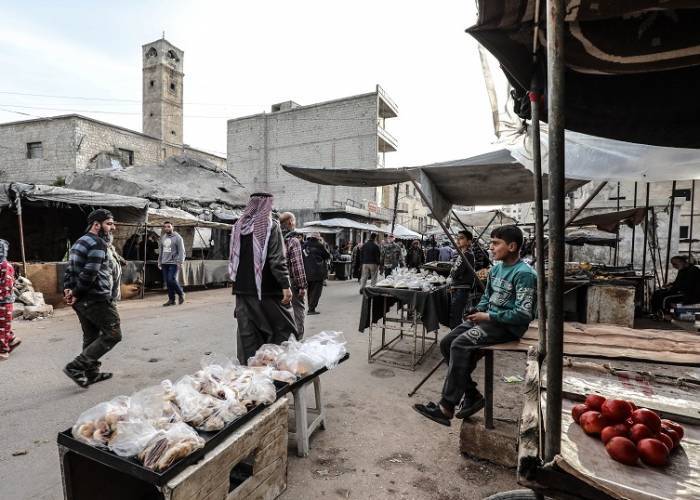The Syria Response Coordinators Team confirmed that unemployment rates in northwest Syria have reached 85 percent, stressing that the issue of unemployment within the local community is one of the most pressing issues that need radical solutions.
According to the statement of the local relief group, the main causes of unemployment are due to the lack of job opportunities, the lack of sufficient experience, the lack of training, national competencies, the lack of practical experience for most graduates, the lack of follow-up and support from the place of their graduation, in addition to the employment and work of some young people in temporary businesses with no experience required and at a very low wage.
The response team divided unemployment rates into 65 percent of the male local population and 92 percent of the female local population, while among the displaced and forcibly displaced people, it reached 87 percent of the male displaced and 96 percent of the female displaced.
The reasons for unemployment are due to “the lack of job opportunities, the lack of sufficient experience, the lack of training and national competencies, the lack of practical experience for most graduates, and the lack of follow-up and support from the place of their graduation.”
Among the additional reasons is also the employment and work of some young people in temporary jobs and works that do not require expertise and very low wages that are not sufficient to achieve any of their goals and do not increase their experiences, so the problem of unemployment remains.
The phenomenon of local unemployment is also due to the exploitation of the youth crisis and their employment as temporary workers without contracts and for a short and intermittent period, during which young people cannot achieve any progress in their material and practical lives.
The relief team suggested solutions to the unemployment problem that included linking education and training to market needs, providing alternatives and working on establishing projects to accommodate the largest amount of manpower, providing new job opportunities for young people and financial support for small projects, and the need to pay attention to small industries and handicrafts, which would attract labour if the necessary support is provided.
Syria’s uprising turned civil war that started in 2011 has killed hundreds of thousands and displaced half the country’s pre-war population of 23 million. More than 80% of Syrians now live in poverty, leaving much of the population dependent on humanitarian assistance.
This article was edited by The Syrian Observer. The Syrian Observer has not verified the content of this story. Responsibility for the information and views set out in this article lies entirely with the author.


